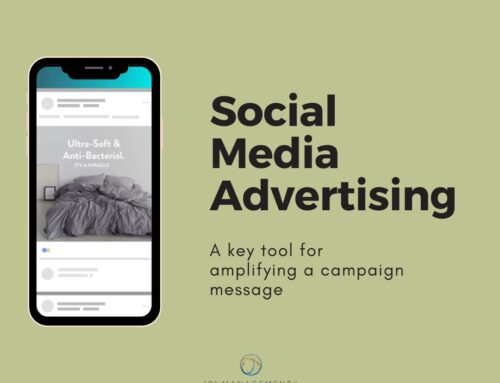There may come a time to say goodbye to your website designer or marketing manager. Despite the reason, there are several steps you need to take to ensure the continued safety, security, and viability of your website.
Your website designer or marketing manager holds your online business in their hands, so follow these steps closely and kindly with that in mind.
- Review the contract
Ask for a full scope of work to see what services—including small details or tasks—you may need to assume when she is gone.
- Domain name/URL
Make sure you own the domain name/URL for your business. This is the title of your website (e.g., “101 Management.net”) and be sure you have the login to the registrar, like GoDaddy.com. If you initially let your website developer register your domain name, it may belong to her, in which case you’ll have to negotiate with her to have it reassigned to you.
- Admin access
It’s vital that you have access to all the administrator logins connected with every aspect of your business. These include:
- Hosting: the admin login to the hosting provider, managed by you
- Email: the admin login to wherever your business email is handled
- Google products: admin login to any and all Google products you use for your website, such as Analytics, AdWords (now called Google Ads), Console, Maps (Google My Business).
- WordPress: If the developer used WordPress to create your website or for ongoing content management, be sure you have the admin access for the site. This isn’t just “any login” to the dashboard, you need to be assigned “Admin” access.
- File transfer protocol: any logins connected with the FTP
- Social media logins: all logins for social media sites connected to your business: Facebook, Instagram, Twitter, YouTube, Pinterest, LinkedIn, etc. *Note: Facebook, LinkedIn, and Youtube may not have dedicated logins. An admin will have to be assigned to a personal account.
- Other directory listings or platforms: Do they have access to any of your other directory listings or platforms? Yelp, Spotify, WebMD, Bing, Mailchimp, etc.
Note: Make sure that your email and phone number are used for ALL platform logins, otherwise when you attempt to log in, for example, on Instagram, it may text her phone number for two-step verification.
- Design files
If the previous manager did design the website from scratch, then they should have design files from which it was built. Ask for all original design files that were used on the website, templates used for custom graphics or flyers, social media images, branding guidelines, and the full logo file package.
- Plugins
If your website was just built, or if they currently manage the website, have them fully update any plugins and the platform before you discontinue services.
- Passwords
Finally—and most important—be sure to change all passwords before letting them go, then immediately remove them as an admin and point of contact. Otherwise, they can get the new password(s) through the “forgot my password” option.
If they refuse to comply with these requests, you’ll have to contact each provider individually and ask what steps you need to take to prove you own these web properties.
Your website developer or marketing manager may be honorable and trustworthy, and not at all inclined to retaliate after being fired. But there’s a reason that large corporations often have employees escorted out of the building immediately after they’re fired.
This person or company holds the keys to the continued success of your business online. Don’t take a chance on not having everything under your control before you let them go.
If all this is overwhelming to you, or you feel it’s beyond your capacity, let us know. We can help ensure a secure, smooth transfer from your old website designer or marketing manager to a new one—including us!










Leave A Comment